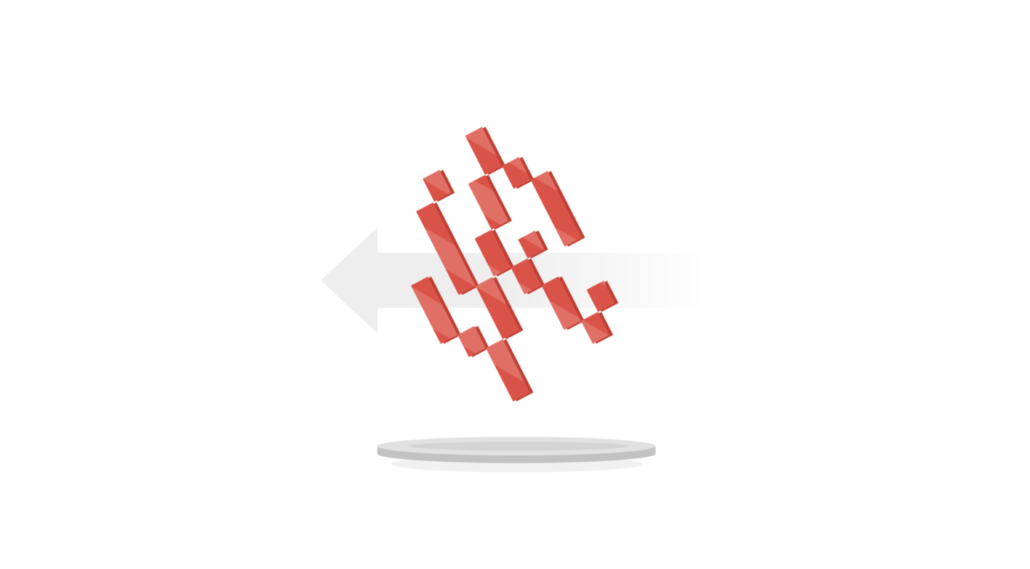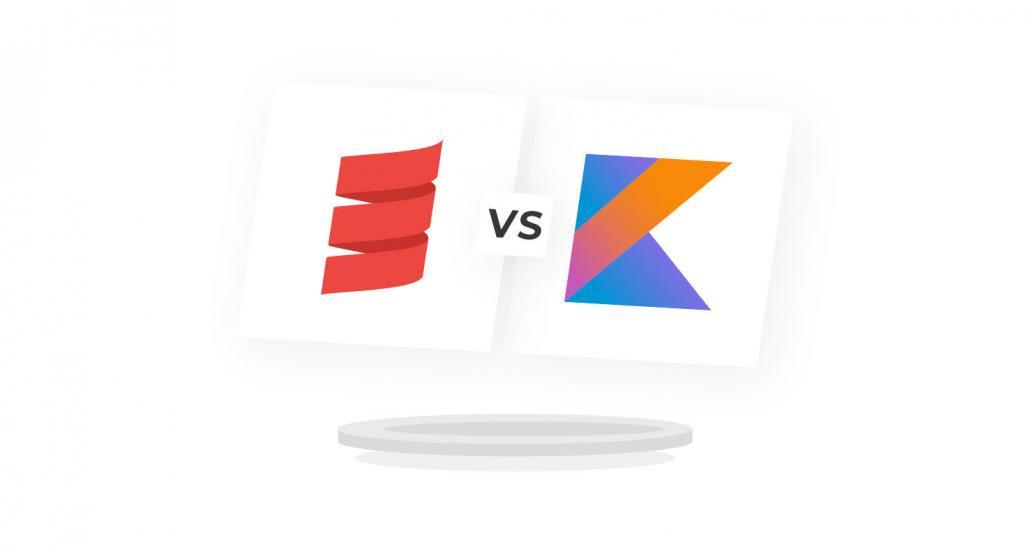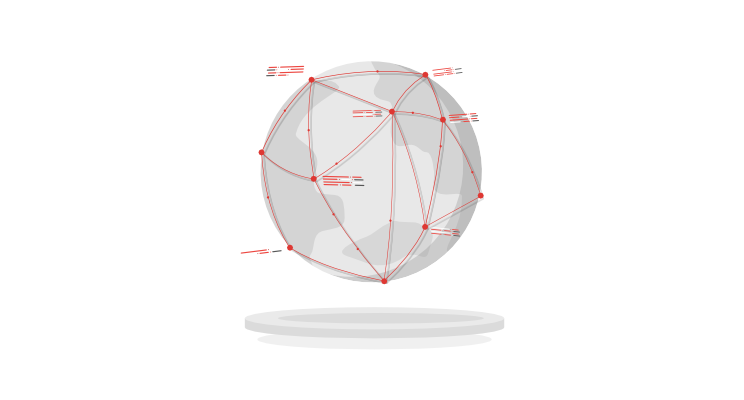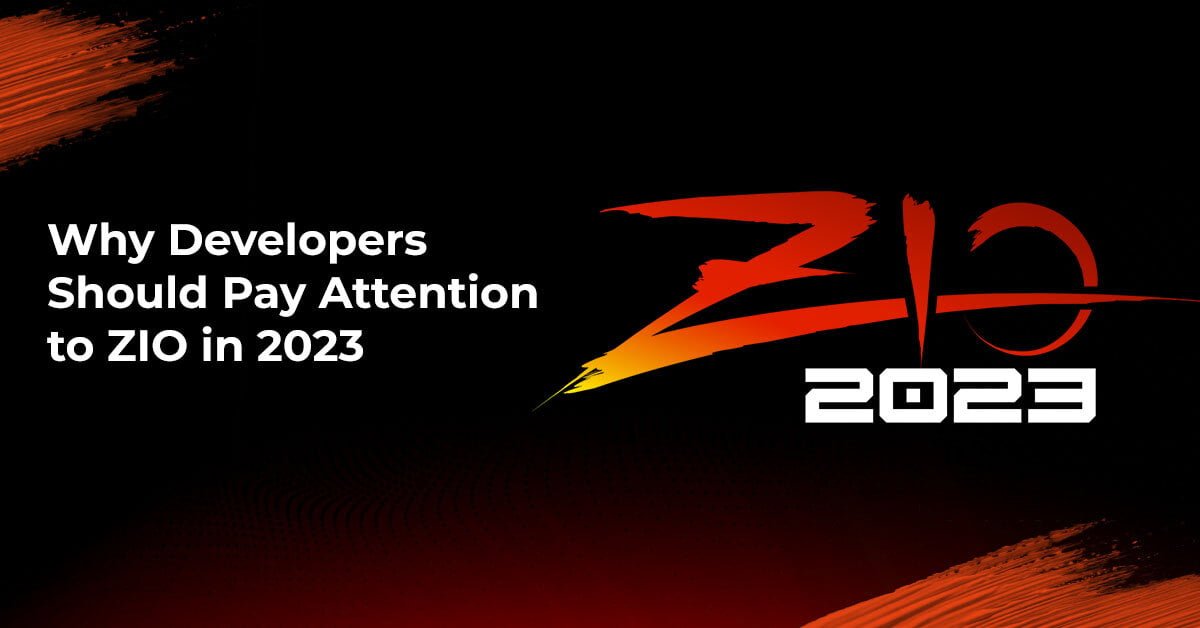
Understand The Basics Of Tokenization

Tokenization has become very popular in recent years, particularly in business.
Companies are increasingly choosing business tokenization as a solution because it offers new possibilities for emerging trends. Investing in tokenization can not only increase cash flow for a business but might also be a way to simplify many processes through automation, including acquiring new assets.
A lack of central management, transparency, and inability to manipulate data may encourage you to investigate this technology and look for it could possibly be used in your business.
Here we’ll explain what tokenization really is and what some of its advantages are, as well as types of tokens and industries that use them.
What is tokenization?
Think about a situation where you have an asset you want to sell but it will be difficult to hand it over to an investor.
This could be converted into a token placed on the blockchain.
Long story short: tokenization refers to the conversion of ownership rights to an asset into a digital token on a blockchain. Each token has its own value.
In their simplest form, tokens transfer the value of traditional money to the blockchain network. A digital token is a piece of digital currency that enables trading, storing, and transferring of value in the digital world.
As an example, you may hedge $10 million by issuing 10 million tokens, each with a value of $1. A lot of the value in these tokens results in cash coverage. Tokens could also represent the value of real estate or stocks.
Real-world assets being converted into blockchains leverage the advantages of Bitcoin along with preserving their natural characteristics.
Is tokenization a brand new phenomenon? Not at all. Have you ever accumulated loyalty points by filling up at a gas station? Or, perhaps you collected some “Miles & More” points from airlines to trade in for goods? Since digital tokens work in the same way, you’ve probably already owned some such tokens.
Benefits of tokenization
- With tokenization, many formalities are made obsolete while enabling access to data like ownership history from all resources. An asset’s history and register is public, and each owner is free to consult it at any time.
- In a highly liquid global market, tokenization enables the sale and purchase of assets without middlemen, 24/7, often with a single click.
- Such a system offers the advantages of transparency and credibility. Since manipulations and unfair practices are outlawed, there is no place for them.
- A competitive edge can be gained through the use of tokens and blockchain technology.
- It is commonly thought that tokenizing traditional stocks is the future of financial markets.
- For investment, finding several dozen investors willing to contribute to the cost of your project may be more efficient than looking for only one investor who will cover everything.
- The major advantage of tokenization for investors is that you can invest small amounts in various projects since the risk is spread amongst them. It is a simple reduction in the minimum investment threshold, in contrast to the conventional financial world which usually has extremely high investment barriers. Investing in tokens enables retail investors to enter previously unattainable markets and products by lowering entry barriers and increasing the diversification potential of their portfolios.
- Solves the problem of non-liquid assets. As fractional ownership becomes more common, traditionally non-liquid assets will become available on secondary markets as liquid ones, so more investors will be interested and able to participate.
- No geographic restrictions are applicable to trade.
- It offers more possibilities than traditional solutions, including checking for a change in ownership based on the monetary value of a cryptocurrency.
What can be tokenized then?
Tokenization can be used for many things, including shares in a company, real estate, shoes, and even yourself if you decide to release a personal token. For real-world assets to be “put on a blockchain,” several methods have been proposed. They aim to combine Bitcoin’s security, speed, and ease of transfer with the asset’s real-world value.
We’ve compiled a list of the most popular kinds of tokenized goods.
#1 Real estate and property tokenization
One property ownership right can be turned into millions of tokens that represent an entire piece of land, expressed, for example, in square meters. There are more examples to follow. A shopping center, where several hundred people own a portion of the property, can rent its profits to token holders automatically and transparently, e.g. through a platform using smart contracts. A tokenized system would eliminate numerous formalities and give access to all the data related to resources such as ownership history.
#2 Gold tokenization
Tokens representing gold, one of the most recognized and valuable assets in the world, have been issued on the CoinShares platform.
Thanks to a combination with blockchain technology, an internationally (nearly 200 countries) accessible trading system for gold has been created. Both retail and institutional investors can purchase and store gold DGLD tokens through the network without any difficulty. The platform uses a cryptographic exchange called PIT that complies with Anti-Money Laundering and Know Your Customer standards.
#3 Personal tokenization
Each individual can issue their own virtual token, then accept payment in exchange for services. Thus people can share their experience and expertise via their own virtual tokens. It’s believed that a person’s social position, knowledge, and wealth may determine the value of a personal token in the future.
In recent years, the first celebrity and athlete tokens were issued, but there are also increasingly more entrepreneurs and influencers who are becoming interested in launching their own virtual tokens.
#4 Art tokenization
Because of the high entry barriers to ownership of work of arts, buying a whole piece to become its sole owner was previously the preserve of only the wealthiest investors. This has changed with tokenization. Now, a particular stakeholder does not necessarily have to own a whole piece to be called its (part) owner. A fractional value can be purchased in tokens. Individuals or groups of investors may be able to purchase works of art by acquiring certain amounts of collector tokens having a corresponding total value.
Token types
#1 STO (security token offering)
Security tokens are the ideal way to raise capital.
A company may find it difficult to raise capital for its launch or development, so issuing their own token gives them more control over any inflows and outflows.
You can think of them as legally backed securities. Their values are tied to specific assets such as ownership rights or shares. Many entrepreneurs are unable to list their company’s shares on the stock exchange due to the number of conditions that must be met, whereas issuing tokens is relatively cheap and straightforward.
#2 ICO (Initial Coin Offering)
Businesses can now raise capital through ICOs. In contrast to traditional fundraising avenues like IPOs that issue shares, companies can now issue tokens for investors to purchase with digital currencies like bitcoins.
It is possible to organize an ICO, create your own tokens, and sell them in exchange for the money required to expand your business.
This makes a great alternative to crowdfunding or pitching to individual investors since it may be easier to collect $1 from 1m people than $1m dollars from 1 person.
As your business grows, the value of tokens will increase in line with their use in your business model, and investors should therefore earn on your success. Our focus here is on the tokenization of ideas and the effects of their implementation.
#3 Utility tokens
They are intended to capture the value of a given venture. You can use them to pay for services, buy products, or influence the fate of a project by participating in voting and surveys. The more useful such tokens are, the greater their value. If the development potential of a given project is large, speculators can join the game and buy tokens with future profits in mind. Investors may be encouraged by additional benefits like discounts on services provided by the company, vouchers, free advertising, or even participation in the distribution of revenue from the venture.
Utility tokens have no value behind them. They are only used for receiving products from an ICO. An STO is the initial sale of tokens, which are equivalent to ownership deeds of a given property (e.g. real estate or business).
Is it the future, or is it already the present?
With tokenization becoming more widely known, its potential is becoming increasingly evident. Just as an example, a blockchain platform is being used by the Big Four firm, EY, to tokenize wine, chicken, and eggs. A number of studies have shown that tokenizing physical objects can go a long way to building trust. These products are becoming increasingly niche and original, and that’s not going to change any time soon.










